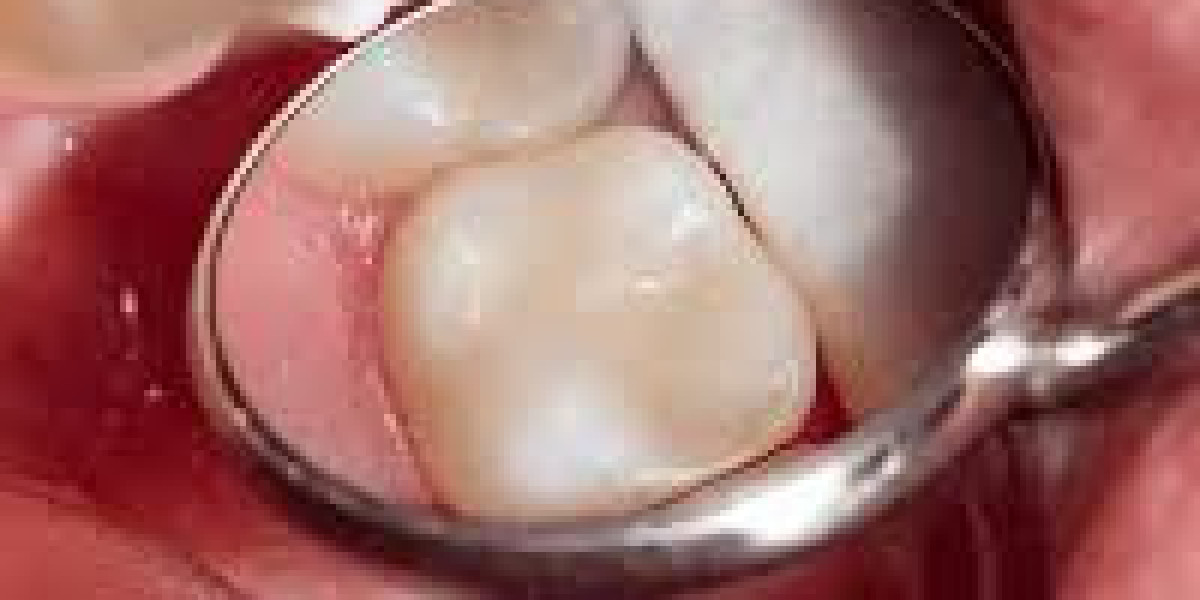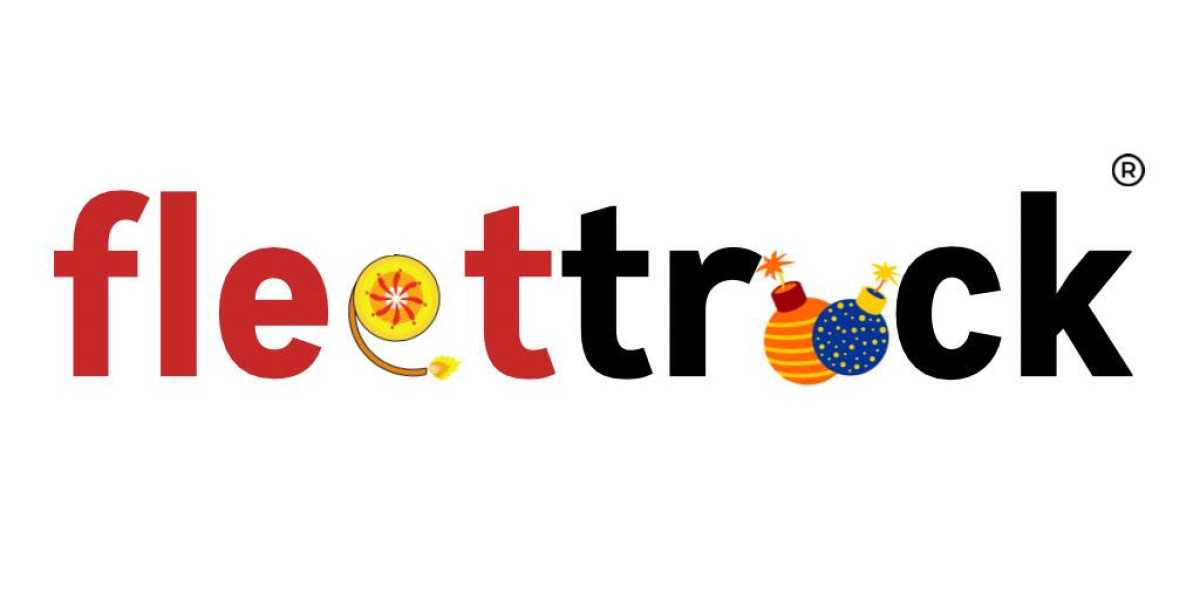Introduction:
Dental Tooth Filling in Dubai play a crucial role in treating cavities and restoring the functionality of damaged teeth. Two common types of dental fillings are traditional amalgam fillings and composite fillings. Each type has its own set of advantages and disadvantages, and choosing the right one depends on various factors such as aesthetics, durability, and health concerns.
Traditional Amalgam Fillings:
Traditional amalgam fillings have been used for over a century and are composed of a mixture of metals, including mercury, silver, tin, and copper. These fillings are known for their durability and strength, making them suitable for restoring teeth in areas that undergo significant pressure from chewing.
Advantages of Traditional Amalgam Fillings:
Durability: Amalgam fillings are highly durable and can withstand the forces generated during chewing and biting.
Cost-Effectiveness: Amalgam fillings are generally more affordable compared to composite fillings, making them a cost-effective option for many patients.
Longevity: Amalgam fillings have a longer lifespan than composite fillings, often lasting 10 to 15 years or more.
Quick Application: The placement of amalgam fillings is a relatively straightforward and quick process, requiring less chair time.
Composite Fillings:
Composite fillings are made of a tooth-colored resin material that is a mixture of plastic and glass. Unlike amalgam fillings, composites are designed to match the natural color of teeth, providing a more aesthetically pleasing result.
Advantages of Composite Fillings:
Aesthetics: The most significant advantage of composite fillings is their natural appearance. They blend seamlessly with the surrounding teeth, making them an ideal choice for visible areas.
Conservative Tooth Preparation: Composite fillings require less removal of healthy tooth structure compared to amalgam fillings, allowing for a more conservative approach.
Versatility: Composite fillings can be used for small to medium-sized cavities, as well as for cosmetic bonding to improve the appearance of teeth.
Mercury-Free: Unlike amalgam fillings, composite fillings do not contain mercury, addressing concerns some patients may have about potential health risks.
Choosing Between Traditional Amalgam and Composite Fillings:
The decision between traditional amalgam and composite fillings often depends on the patient's priorities and specific dental needs. Some factors to consider include:
Location of the Cavity: Amalgam fillings may be preferable for back teeth where durability is crucial, while composite fillings are often favored for visible front teeth due to their aesthetic appeal.
Budget: Amalgam fillings are generally more budget-friendly, making them a practical choice for patients with financial constraints.
Health Concerns: Patients with concerns about mercury exposure may prefer composite fillings, as they are mercury-free.
Aesthetics: Those who prioritize a natural appearance may opt for composite fillings, even if they are slightly more expensive.
Conclusion:
Both traditional amalgam and composite fillings have their unique advantages, and the choice between them depends on individual circumstances. It is essential for patients to discuss their preferences, concerns, and budget with their dentist to make an informed decision that aligns with their oral health goals. Regular dental check-ups can also help monitor the condition of existing fillings and address any issues promptly, ensuring the longevity of the chosen restoration. Ultimately, the goal is to restore the tooth effectively while meeting the patient's functional and aesthetic expectations.








